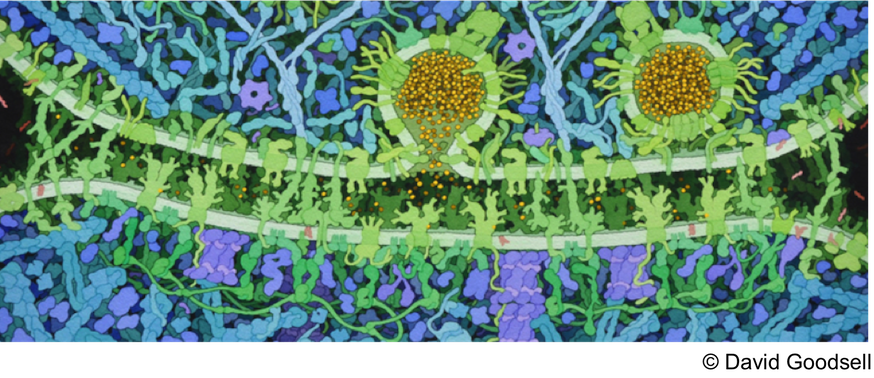Aminopeptidase B (Ap-B) is an enzyme of the M1 family of Zn2+ aminopeptidases that hydrolyzes the peptide bond on the carbonyl side of the basic residues present at the NH2-terminal end of peptides. The overall physiological functions of this enzyme remain to be discovered. In vivo, Ap-B is involved in the proteolytic processing of glucagon and cholecystokinin-9 to give miniglucagon that participates in glucose homeostasis, and cholecystokinin 8, a pleiotropic neurotransmitter. Members of the M1 family are involved in many important physiological functions and hydrolyze many different substrates. Since these enzymes have similar catalytic mechanisms, their substrate specificity and/or catalytic efficiency should be based on subtle structural differences at or near the catalytic site. This leads to the hypothesis that these proteins possess a common structural skeleton, strictly necessary for aminopeptidase activity. A specific amino acids environment located in/or outside the catalytic pocket would determine the substrate specificity and the catalytic efficiency of each enzyme.
A multiple alignment of M1 family aminopeptidase sequences from vertebrate expressed proteins allowed the identification of conserved tyrosines that participate to this catalytic skeleton. Molecular modeling and site-directed mutagenesis approaches were used to specify the role of five partially (Y409) or fully conserved tyrosine residues (Y281, Y229, Y414 and Y441) in the Ap-B catalytic mechanism. Tyrosine mutations into phenylalanine confirmed the influence of hydroxyl groups for the enzymatic activity. These groups are involved in the catalytic mechanism (Y414), the substrate specificity and/or the catalytic efficiency (Y409), in the stabilization of amino acids of the active site (Y229, Y409) and potentially in the maintenance of the structural integrity (Y281, Y441). The importance of hydrogen bonds is confirmed by the Y229H mutation, which preserves the enzymatic activity. These data provide new information on the catalytic mechanism of Ap-B within the M1 family of aminopeptidases.

 PDF version
PDF version
